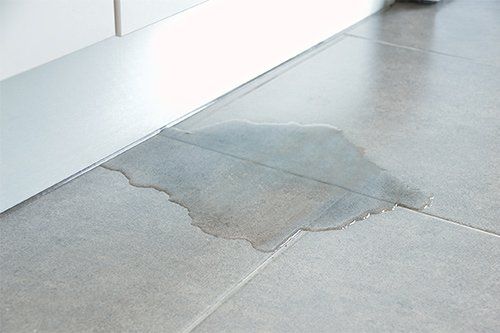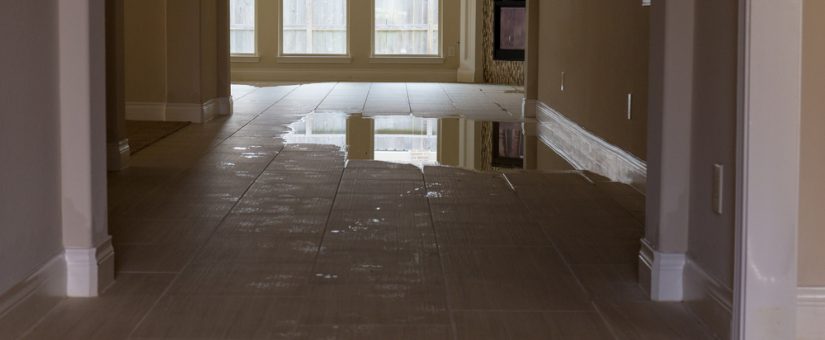How do you really feel about How to detect water leaks in your home?

Leaks not only cause waste of water however can also cause unnecessary damages to your house and promote undesirable organic growth. By understanding and looking for daily situations that create leaks, you can secure your house from future leakages and unnecessary damages.
Trespassing origins
Most water leakages start outside the residence rather than inside it. You might notice damp spots or sinkholes in your lawn, as well as that might indicate that tree origins are invading water lines creating water to leak out.
Rusty water systems
As time passes by, your plumbing system ages and corrosion such as rust may begin gnawing the pipelines. This could be the source of discoloration or bending on your pipes. This requires an assessment with your plumber quickly. Take into consideration replacing the pipes since they are at a higher danger of corrosion than the newer designs if our plumbing system is old.
Faulty Pipe Joints
The factor at which your pipelines attach is often the weakest link in the waterline. Pipeline joints can wear away over time, leading to water leakages. The majority of pipe joints are not quickly noticeable. If you have noisy pipelines that make ticking or banging sounds, especially when the warm water is switched on, your pipe joints are probably under a lot of stress. It is recommended to have your plumber inspect your system annually.
Instantaneous temperature level adjustments.
Severe temperature modifications in our pipelines can create them to expand and get unexpectedly. This development and tightening may cause splits in the pipes, particularly if the temperature level are below freezing. If you maintained an eye on how your plumbing works, it would be best. The presence of the formerly stated situations often suggests a high threat.
Poor Water Connectors
At times, a leak can be triggered by loosened tubes and also pipelines that provide your appliances. In instance of a water connections leakage, you may see water running straight from the supply line or pools around your devices.
Blocked Drains
Blocked drains could be irritating and inconveniencing, yet they can occasionally end up triggering an overflow leading to burst pipelines. Maintain removing any kind of products that may drop your drains that can clog them to prevent such inconveniences.
All the above are sources of leakages but not all water leaks arise from plumbing leaks; some leaks may originate from roofing leakages. All leaks must be fixed promptly to avoid water damage.
Leakages not just trigger waste of water yet can additionally cause unnecessary damages to your residence as well as advertise undesirable organic growth. By looking as well as comprehending for daily circumstances that trigger leaks, you can safeguard your residence from future leaks and also unneeded damage. Today, we will certainly look at six leak triggers that might be triggering your pipelines to leak.
At times, a leak can be triggered by loose hoses and pipes that supply your devices. In instance of a water links leakage, you may notice water running directly from the supply line or puddles around your home appliances.
How To Check For Water Leak In Your Home
How To Check for Leaks
The average household's leaks can account for nearly 10,000 gallons of water wasted every year and ten percent of homes have leaks that waste 90 gallons or more per day. Common types of leaks found in the home are worn toilet flappers, dripping faucets, and other leaking valves. These types of leaks are often easy to fix, requiring only a few tools and hardware that can pay for themselves in water savings. Fixing easily corrected household water leaks can save homeowners about 10 percent on their water bills.
To check for leaks in your home, you first need to determine whether you're wasting water and then identify the source of the leak. Here are some tips for finding leaks:
Take a look at your water usage during a colder month, such as January or February. If a family of four exceeds 12,000 gallons per month, there are serious leaks.
Check your water meter before and after a two-hour period when no water is being used. If the meter changes at all, you probably have a leak.
Identify toilet leaks by placing a drop of food coloring in the toilet tank. If any color shows up in the bowl after 10 minutes, you have a leak. (Be sure to flush immediately after the experiment to avoid staining the tank.)
Examine faucet gaskets and pipe fittings for any water on the outside of the pipe to check for surface leaks.
Undetected water leaks can happen without the home or business owner even realizing. If you suspect a water leak, but not able to find the source. It is time to contact a professional water leak detection service, The Leak Doctor.
How To Find a Water Leak In Your Home
https://www.leakdoctor.com/blog/How-To-Check-For-Water-Leak-In-Your-Home_AE197.html

I ran across that piece of writing on Most Common Causes of Leaky Pipes when doing research the web. Appreciated our post? Please share it. Help others discover it. Thank you for your time. Come back soon.
Overflow? Seek assistance.